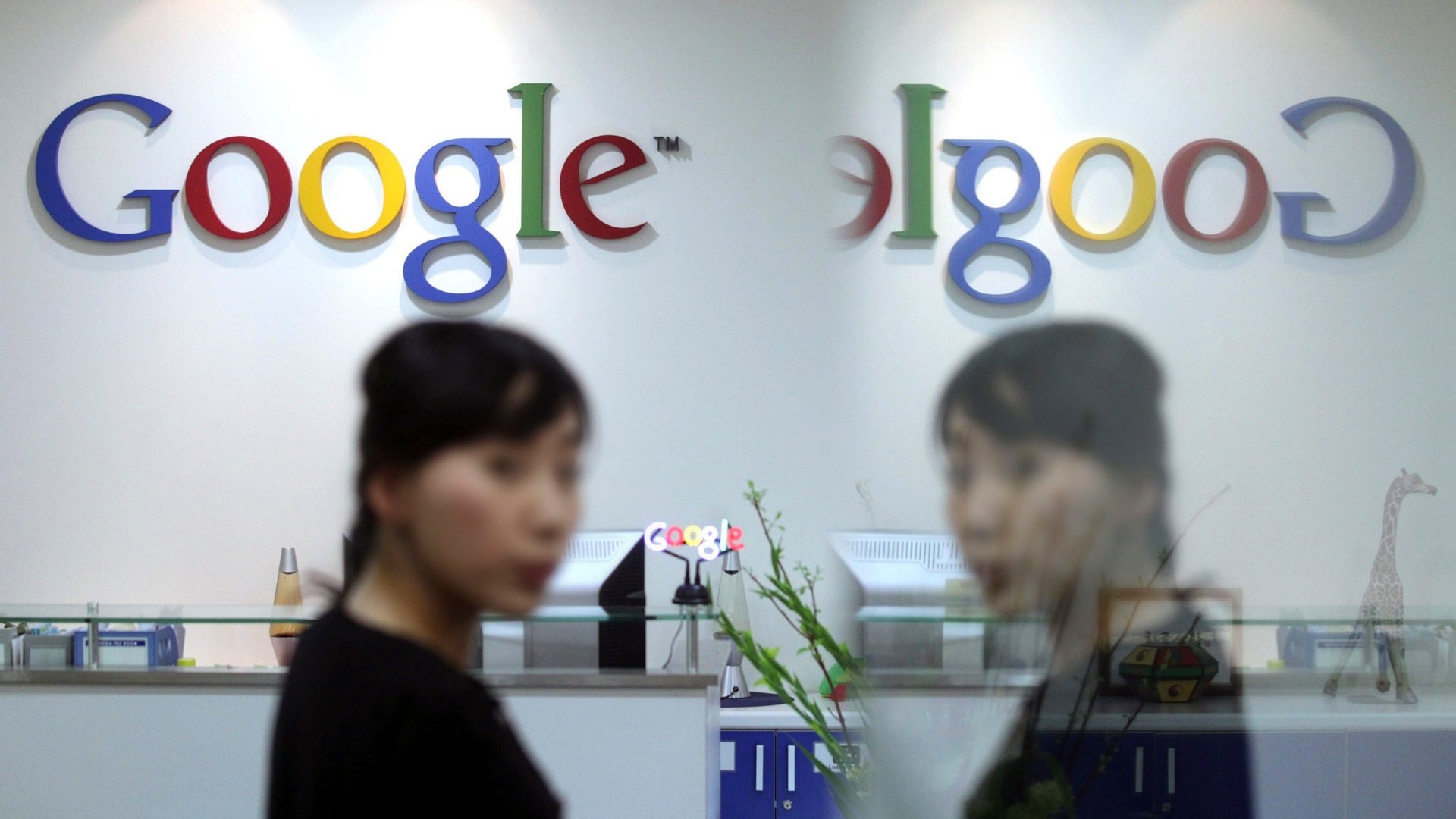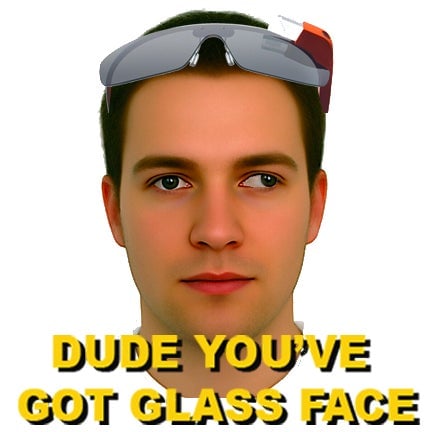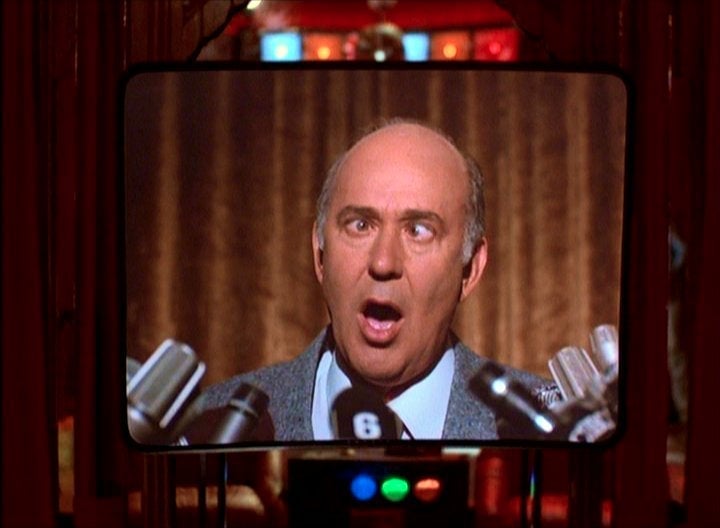Will Google Glass make you cockeyed?
With the arrival of Google’s new wearable computer, Glass, it’s fair to ask: What’s going to happen to our eyes? After all, Glass is meant to be worn all the time—and early adopters like the effusive Robert Scoble have vowed to do just that, even in the shower. Google Glass presents its information on a virtual screen that seems to float a few feet away, in the upper right of the vision field of the right eye; the left eye, meanwhile, sees nothing. Could the constant presence of this drifting visual distraction lead to compromised vision — or perhaps even worse, “Glassface,” a syndrome where one’s right eye is permanently fixed up and to the right?


With the arrival of Google’s new wearable computer, Glass, it’s fair to ask: What’s going to happen to our eyes? After all, Glass is meant to be worn all the time—and early adopters like the effusive Robert Scoble have vowed to do just that, even in the shower. Google Glass presents its information on a virtual screen that seems to float a few feet away, in the upper right of the vision field of the right eye; the left eye, meanwhile, sees nothing. Could the constant presence of this drifting visual distraction lead to compromised vision — or perhaps even worse, “Glassface,” a syndrome where one’s right eye is permanently fixed up and to the right?

There’s a pop-culture precedent here. In the rags-to-riches-to-rags classic The Jerk, Steve Martin’s softheaded, softhearted Navin R. Johnson becomes fabulously wealthy after inventing the Opti-Grab—an attachment for spectacles that prevents them from sliding down one’s nose. Then it’s revealed that the miracle device has a very big problem: “When Opti-Grab came out, I thought it was the greatest thing ever and I bought a pair,” says a movie director, played by the real movie’s director, Carl Reiner. “And this is the result”—pointing at his permanently crossed eyes. “This little handle is like a magnet. Your eyes are drawn to it, and you end up cockeyed.”

Was The Jerk eerily prescient? It’s unlikely. Dr. Mark Rosenfield, professor of ophthalmology at SUNY College of Optometry and the author of a recent study on vision risks associated with smartphones and other handheld devices, notes that Glass seems to have been carefully designed to address many of the immediate concerns that ophthalmologists might have —for instance, the virtual image is at a safe focal distance from the eye, reducing the likelihood of the chronic eyestrain Rosenfield found among heavy smartphone users.
So we’re good, then, right? Not so fast.
“This entire category is brand new, so nobody knows for sure,” he says. “In some circumstances, the fact that your two eyes are getting different images could create problems. Even with Glass, people will want to look at external devices—smartphones or other screens—and there will be the potential for conflict, where the left eye is trying to see one thing while the right is seeing something different.”
A possible issue: the size of fonts. While Google’s native apps restrict themselves to short pieces of text shown in reasonably large fonts, because Glass is an open platform, the degree to which developers hygienically follow safe vision guidelines is largely out of Google’s control.
“It’s also just not clear what the results will be of having this kind of artifact in your field of vision for hours and days and months,” says Rosenfield. “The only real example we have is the Air Force and its use of heads-up displays, and even fighter pilots don’t have the same kind of round-the-clock exposure that Glass wearers will have.”
Naturally, Google was concerned about potential visual consequences as well—which is why they hired Harvard Medical School professor of ophthalmology Dr. Eli Peli, a well-known researcher in the field of head-mounted displays, as a consultant early in Glass’s development process.
Reached while traveling in Israel, Peli describes his involvement as follows: “I provided the project general advice and guidance relating to comfort and safety—helping to frame best practices for user comfort, and monitoring the eye health of early prototype testers.
Peli’s own research over the past two decades has included extensive work on head-mounted display comfort and safety, including such issues as the effect of attention and inattention on display events and the impact of a display’s physical structure on the visibility of potential real-world obstacles or hazards. He believes that Google has taken all reasonable precautions—“If there were any remaining risks we knew about, Google would probably not release the device,” he assures—but that “a warning is needed with practically any device being marketed today. This being a novel device probably requires such warning even more.”
This warning, notes Peli, should probably include the recommendation that Glass isn’t intended for the kind of constant, uninterrupted use that Robert Scoble (“I have barely taken it off since getting it other than to sleep”) has been touting.
The problem isn’t just related to potential ocular issues. Glass is a precision instrument—it must be kept properly adjusted and aligned, or the consequences can be significant: Massive headaches, for one. Never taking Glass off, or solely storing it “flipped up” on top of the head, increases the potential that it could get misaligned.
And of course, there’s the issue of visual distraction as well. The US Department of Transportation, in a 1995 report on “Human Factors Aspects of Heads Up Displays in Automobiles,” noted that a study by Japanese researchers presented at the International Technical Conference on Enhanced Safety of Vehicles showed that “even low levels of visual clutter can negatively impact performance.”
Decision-making while wearing a head-mounted display can also be impaired. A phenomenon known as “cognitive capture”—which researchers define as impaired response to stimuli due to the overhead of information processing from a heads-up display—has been well documented, and poses real risks when the stimulus is a surprise, and when the wearer is older or under high workload conditions.
Ultimately, Peli has two big recommendations for would-be wearers seeking to avoid Glass-tastrophe. “The first is to use the device as intended and designed, and the second is to be careful when using a device that may require your attention to deviate from the task you are doing,” he says. ”I painfully remember walking down the street in L.A. and reading a morning newspaper until I hit my shin on a hydrant. Any similar misuse of Glass may cause numerous difficulties.”
Translation: Don’t get cocky or you might just end up cockeyed after all.